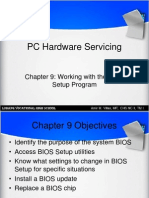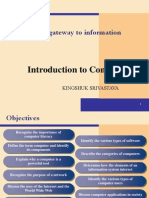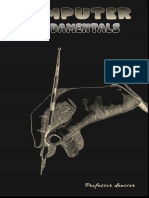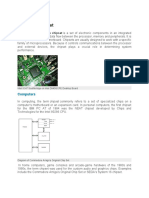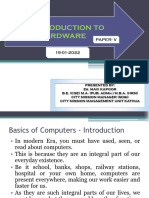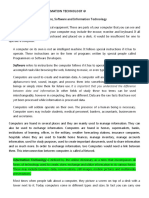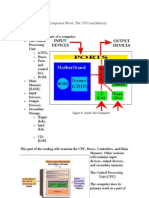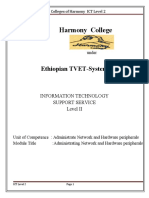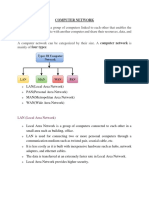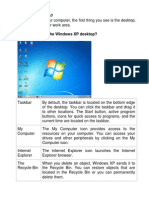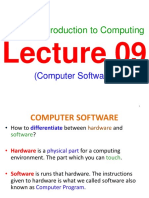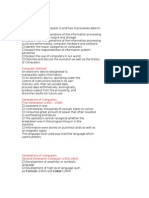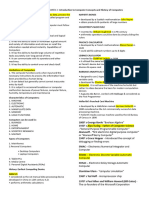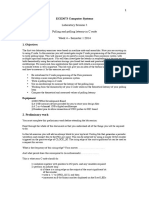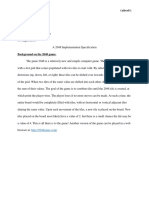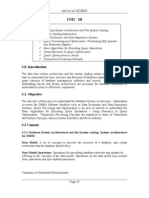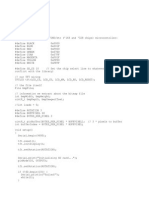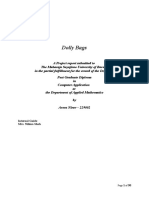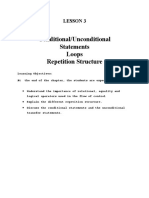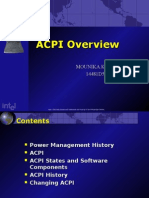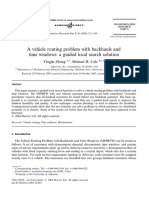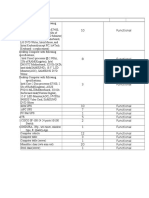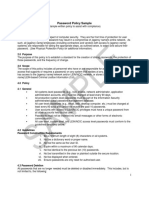0% found this document useful (0 votes)
183 views54 pagesIntroduction To Computer & Word Processing
It discusses the evolution of computers. Gives the definition of Computer, its capabilities and limitations. Discusses the different parts of computer.
Uploaded by
maribeth riveraCopyright
© © All Rights Reserved
We take content rights seriously. If you suspect this is your content, claim it here.
Available Formats
Download as PPT, PDF, TXT or read online on Scribd
0% found this document useful (0 votes)
183 views54 pagesIntroduction To Computer & Word Processing
It discusses the evolution of computers. Gives the definition of Computer, its capabilities and limitations. Discusses the different parts of computer.
Uploaded by
maribeth riveraCopyright
© © All Rights Reserved
We take content rights seriously. If you suspect this is your content, claim it here.
Available Formats
Download as PPT, PDF, TXT or read online on Scribd
/ 54


